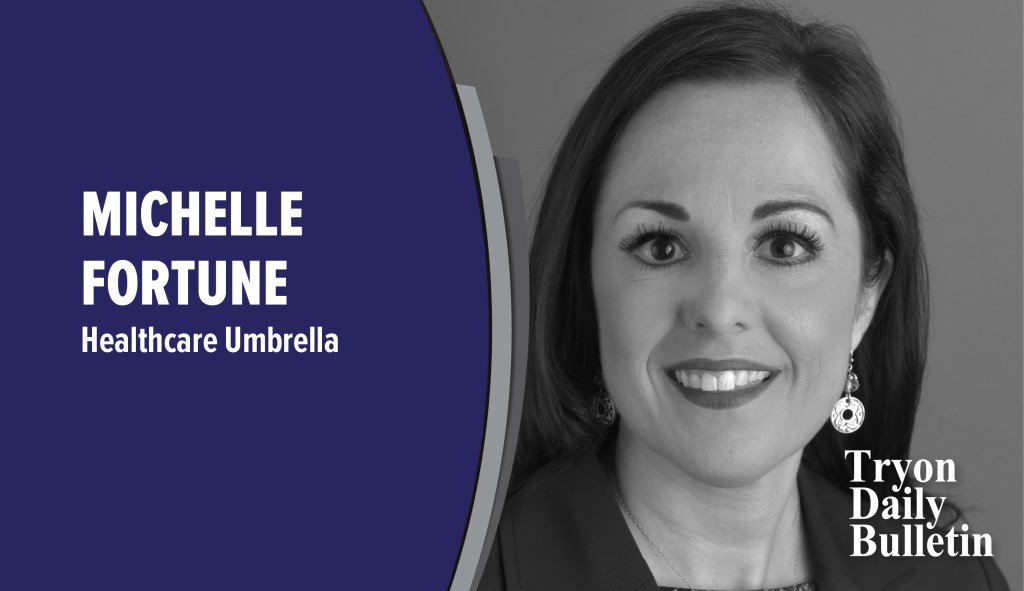Let me introduce you to Gail
Published 11:53 am Monday, September 25, 2023
|
Getting your Trinity Audio player ready...
|
October will be here soon, and since it is Breast Cancer Awareness Month, we will all pull out our pink attire and work to raise awareness about this disease. As we do that, I want to be sure that you know St. Luke’s Cancer and Infusion Center has established a “High-Risk Breast Cancer Prevention Clinic!”
Led by Dr. Stephenson and Savannah Hightower, AGAC-NP, the clinic strives to give peace of mind to women at an elevated risk of developing breast cancer through education, increased screening options and prophylactic treatment.
“We know breast cancer prevention begins with healthy lifestyles,” said Savannah. “Limiting alcohol consumption and physically active living is key to reducing your risk.” Also essential is knowing your Gail Risk Score.
The screening mammography process identifies women at high risk for developing breast cancer. Debra Hill, Director of Radiology, said, “With each mammogram, we ask patients questions that help determine risk factors. This evaluation is called a Gail Model Risk Assessment.”
The Gail Model, one of the oldest and most well-authenticated models for predicting breast cancer risk, helps to calculate a woman’s risk of developing breast cancer in the next five years through a series of questions about her medical history, reproductive history and first-degree breast cancer history. The model uses your answers to quantify your risk of developing breast cancer. If your score is below 1.67%, your five-year risk for developing breast cancer is considered low. But you are at high risk if your score is above 1.67%. Dr. Stephenson told me, “Women with a high Gail score are encouraged to participate in our high-risk breast cancer prevention program to consider risk-reduction options.”
If you’ve had a mammogram at St. Luke’s in the last few months, your Gail Score appears in the mammogram report on MyStLukesChart.org.
If you have a high Gail Score, you’re identified as high risk for developing breast cancer and referred to our clinic by your provider. In addition to the Gail Assessment, we complete a more detailed appraisal called the Tyrer-Cuzick Risk Assessment on your first visit. With the results of this assessment, we’ll discuss modifiable and nonmodifiable risk factors and ways to make changes to help decrease the risk of breast cancer based on extensive research and studies.
Your genetics, lifestyle, and environment can decrease or increase your risk. As mentioned above, regular exercise and a healthy diet can be protective factors for some types of cancer. If you’re at risk for developing ductal carcinoma in situ, atypical lobular hyperplasia, or atypical ductal hyperplasia, one option that may be discussed, for example, is low-dose tamoxifen.
Dr. Stephenson is very excited about this development, saying, “Convincing evidence shows low dose tamoxifen (5mg daily for three years) can result in a significant risk reduction in developing breast cancer by as much as FIFTY PERCENT with very few side effects (if any).” This prevention and risk reduction dose is one-fourth of that used to treat actual breast cancer.
You can take the Gail Model Breast Cancer Risk Assessment at bcrisktool.cancer.gov
You or your provider can make referrals to St. Luke’s High-Risk Breast Cancer Prevention Clinic by calling 828-894-0111. Your provider can also order a referral in EPIC to St. Luke’s Cancer and Infusion Center, indicating High-Risk Breast Cancer Prevention Clinic. You can also fax your referral to 828-894-0746.
If you have a healthcare topic of interest or want to learn more about St. Luke’s Hospital, please note me at Michelle.Fortune@slhnc.org. Also, please follow us on Facebook, Twitter, and LinkedIn or visit our website at StLukesNC.org.






